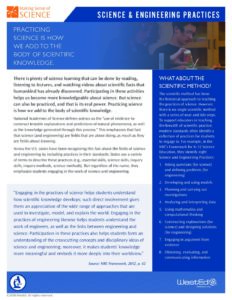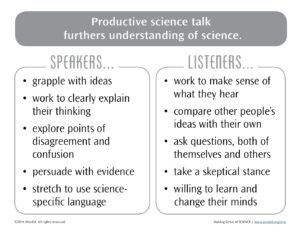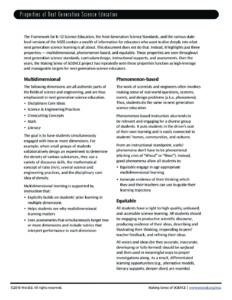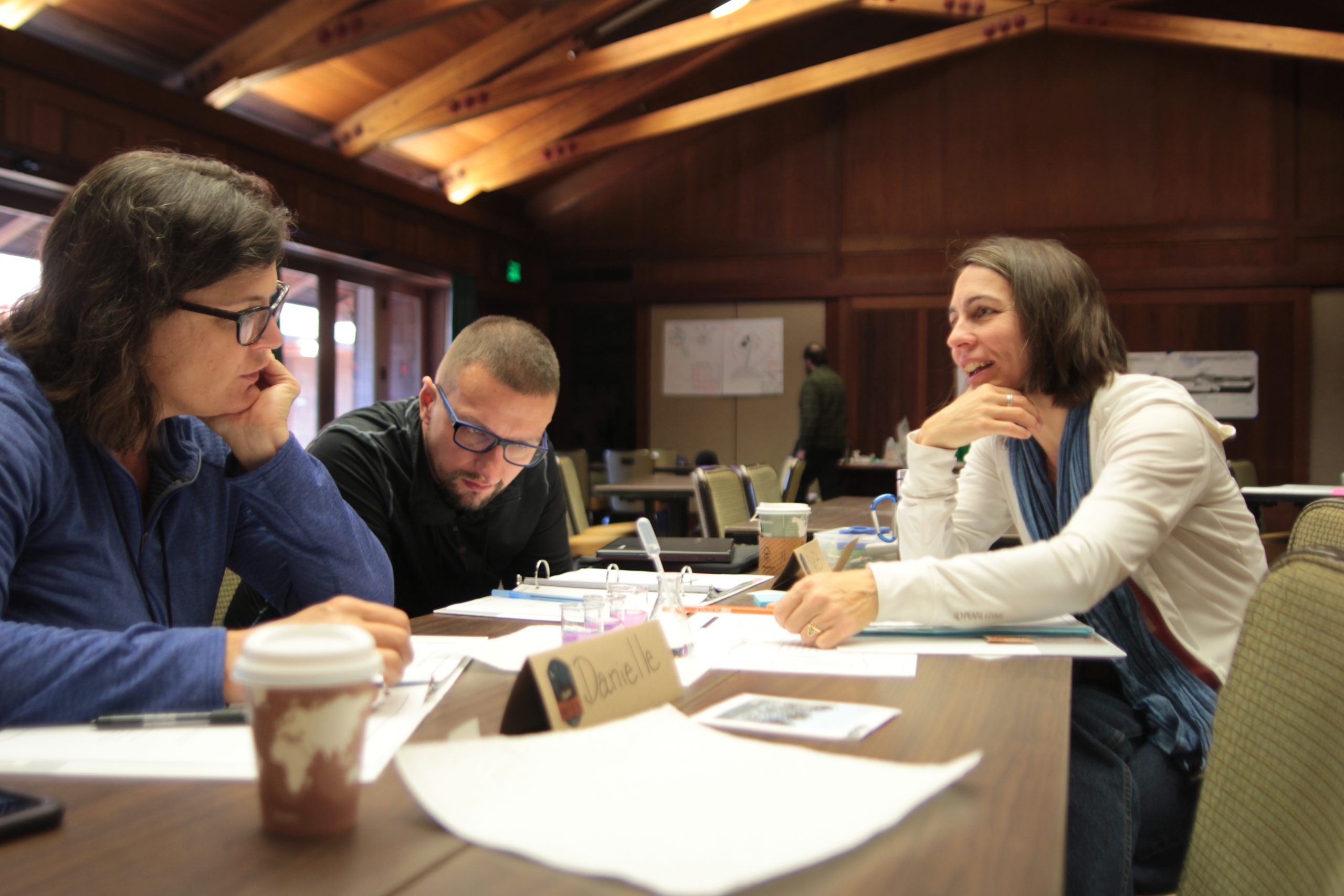January 6, 2021 • Teacher Spotlight

For a new teacher, the implementation of Next Generation Science Standards (NGSS) is a daunting undertaking. I am trying to be innovative in an education system that I am only just beginning to comprehend. Understanding the scope of this challenge was the first step on my path to NGSS implementation.
For my first year of NGSS implementation, I wanted to set achievable goals for my classroom. Instead of juggling Disciplinary Core Ideas, Cross Cutting Concepts, and the Science and Engineering Practices all at once, I decided to focus on a single aspect — Science and Engineering Practices.
- Asking Questions and Defining Problems
- Developing and Using Models
- Planning and Carrying Out Investigations
- Analyzing and Interpreting Data
- Using Mathematics and Computational Thinking
- Constructing Explanations and Designing Solutions
- Engaging in Argument from Evidence
I chose Science and Engineering Practices because I see them as the most fundamental aspect of the NGSS and science itself. Every day the boundaries of scientific knowledge change, but the practices of science have been used for generations and can be applied to all areas of inquiry from the most basic to the most complex.
We are still at the beginning of our journey, but students have been receptive to the idea of focusing our learning on what scientists do and think. They have been more active and engaged in their learning. Our classroom discussions often focus on how we think about a question rather than what the right answer might be. This is a new approach for most students and it can be a challenge for those who are used to science classes that are centered around memorizing facts.
As my understanding of teaching the practices of science evolves, I’m looking forward to seeing how it shapes my understanding of the rest of the standards. Throughout this year and the years to come, I am excited to bring more NGSS into my classroom and build off this foundation.
This SCIENCE Corner is part of a series of NGSS-focused posts by educators and leaders in the field. This post was written by Aysh Heneghan. Aysh teaches 8th grade physical science at Aldo Leopold Charter School in Silver City, New Mexico.



